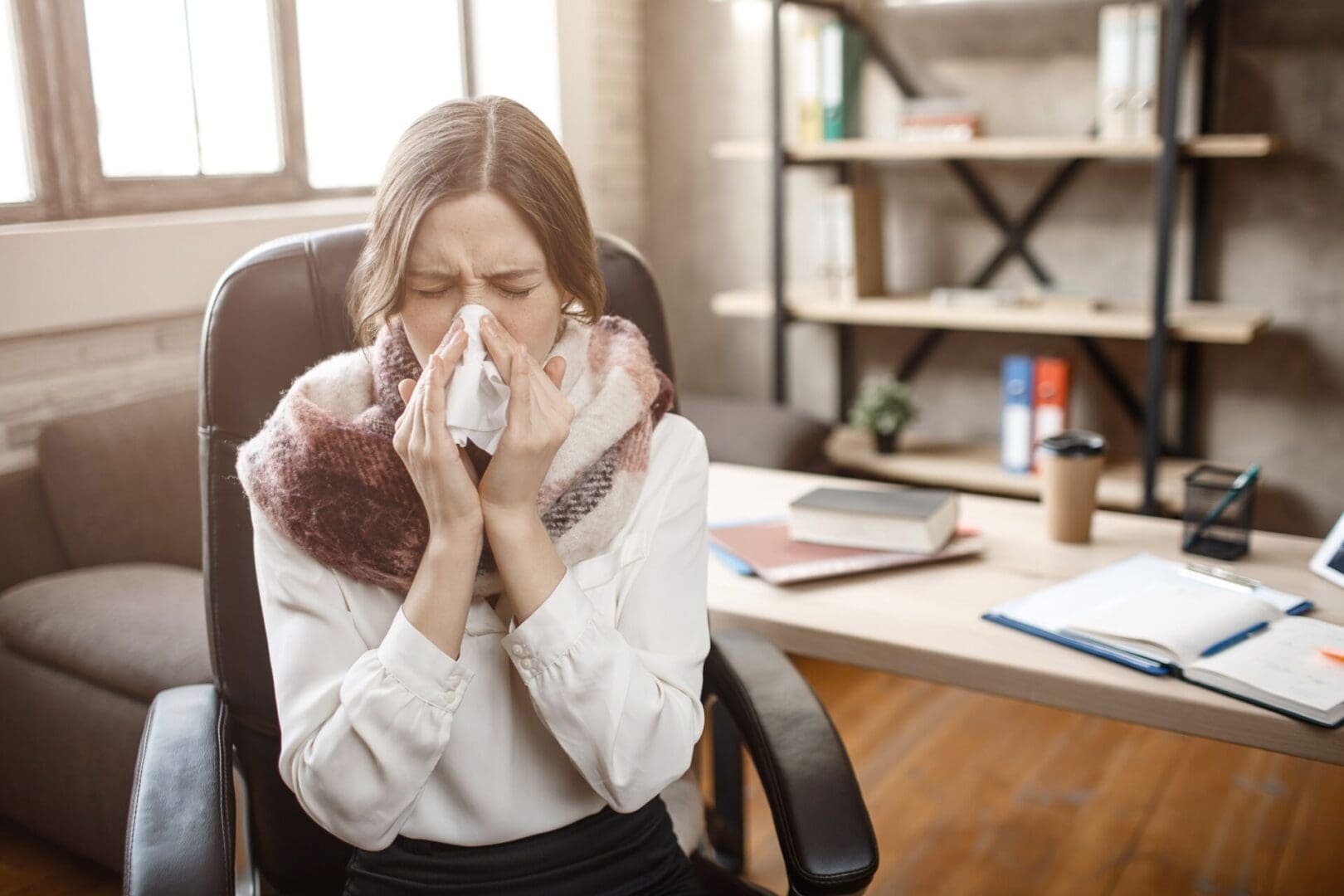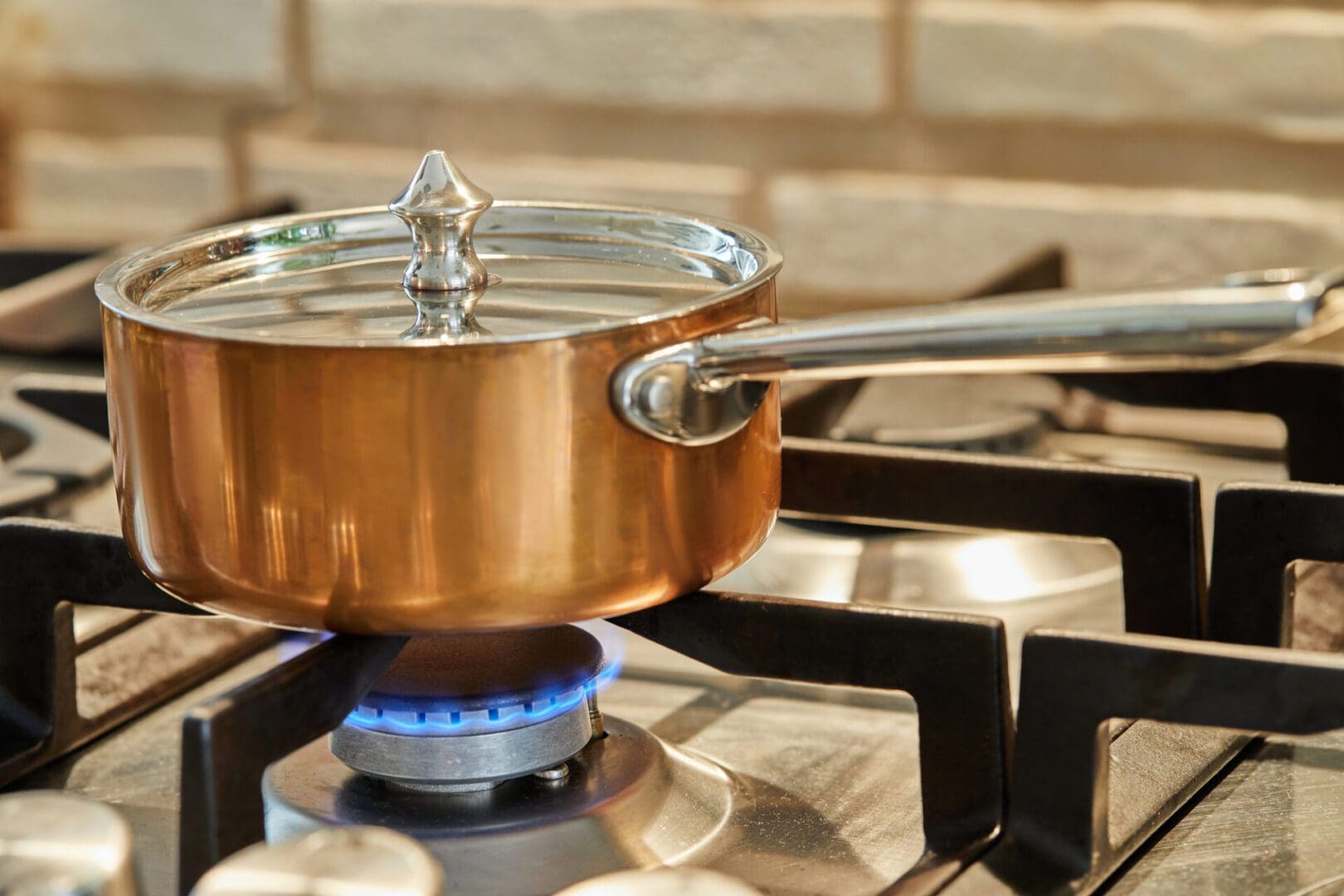How Indoor Air Pollution Affects Your Health
For all these years, we have known that Indoor Air Quality affects your health and well-being in indoor spaces and surfaces. The importance of this topic has been heightened due to the 2020 COVID-19 pandemic, and it served as a wake-up call.
Aside from using air purification systems, we also need to prioritize air quality flowing through and around these devices. At Indoor Air Pollution (IAP) we provide education and awareness about airborne contaminants, their health effects, and how they spread.


What is Indoor Air Quality?
Indoor Air Quality (IAQ) refers to the air quality within and around buildings and structures. It focuses on the health and comfort of the occupants, and understanding and controlling common air pollutants can help reduce the risk of health concerns.
Indoor air pollutants can also cause adverse health changes soon after exposure. Some effects may also only appear after months or years. We make several changes in our indoor spaces that will be hard to track down and identify the source of air pollutants.
Immediate Effects of Indoor Air Pollution
These effects may appear shortly after a single or repeated exposure to a pollutant. They are also short-term and can be treated by eliminating the pollution source if identified.

Contaminants From Humidifiers, Heating, and Cooling Systems
Some diseases, such as humidifier fever, are associated with toxins that live in the moist environment of a humidifier, heating, and cooling systems. Biological contaminants, including molds and pollens, can cause allergic reactions.
These toxins are microorganisms, including amoebas, bacteria, and fungi. Tuberculosis, measles, staphylococcus infections, Legionella, and influenza are also known to be transmitted by air and can cause breathing problems and allergies to all ages.


Other Sources of Indoor Air Problems
Indoor pollution can be caused by gases or particles released into the air. The concentrations of indoor air pollutants can increase by not having adequate ventilation. It is vital to at least open your windows or let some outdoor air in to dilute the indoor air.
High temperature and humidity levels can also increase these concentrations. These contaminants may come from building materials, furnishings, and other products. These products are commonly used for smoking, hobbies, and redecorating.

Learn More About Indoor Air Pollution
Learning all about indoor air quality and pollution can be challenging and time-consuming. At IAP, we have the experience and knowledge for proper indoor air quality education. You may contact our consultants to get more information.
